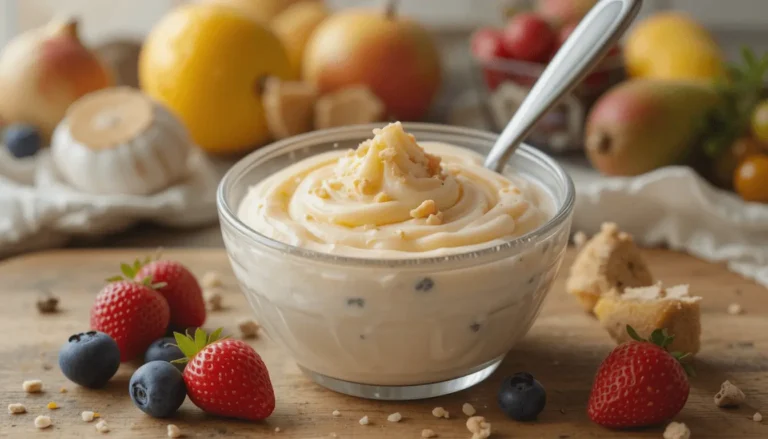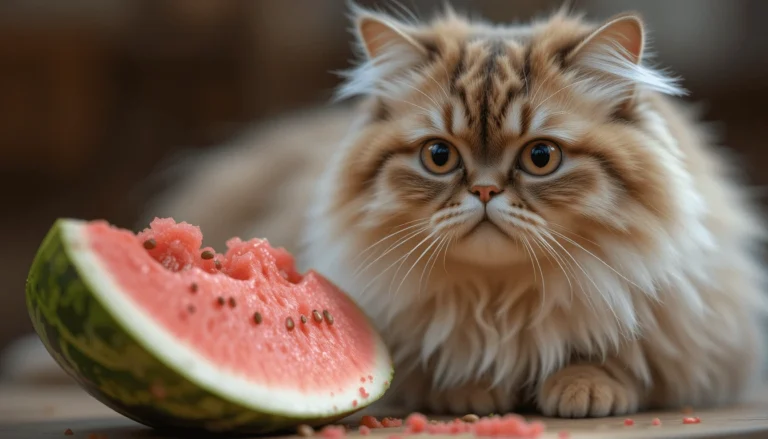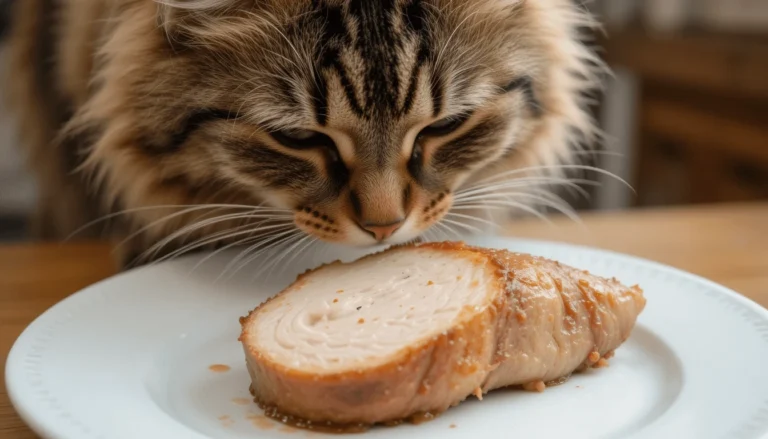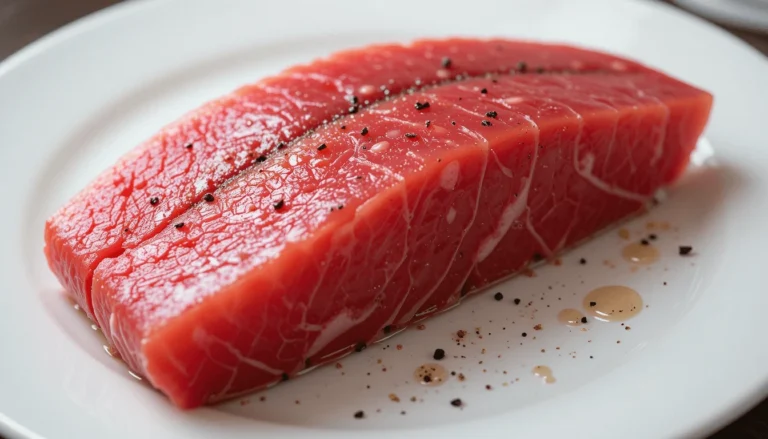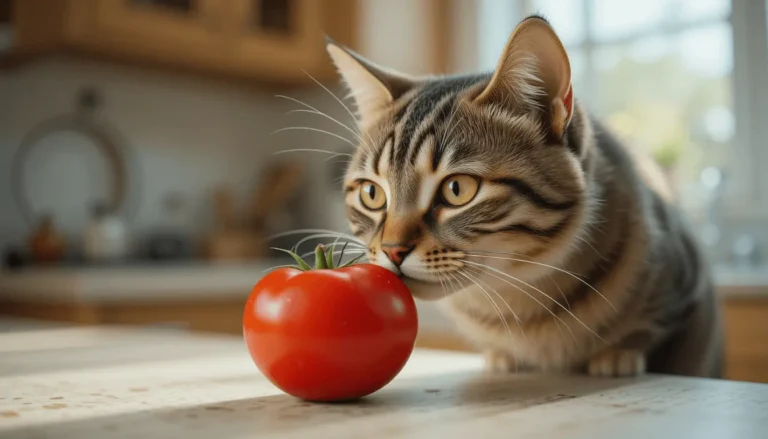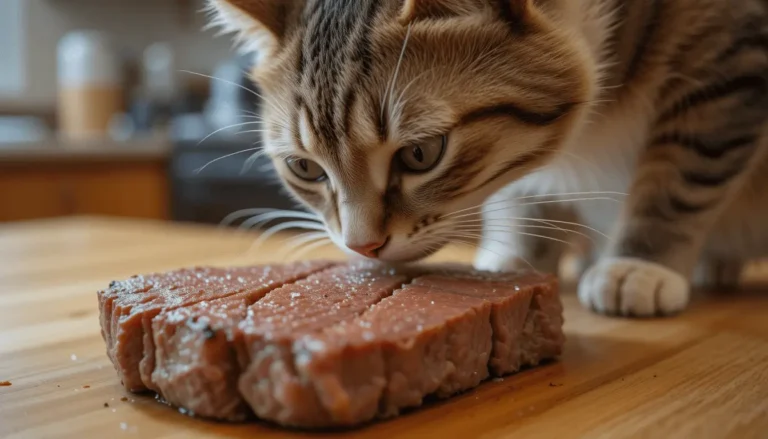Is MANGO Safe for Cats? What Every Cat Owner Should Know
Introduction
“It was a lazy summer afternoon, and as I sliced into a juicy mango, my curious cat, Whiskers, leaped onto the counter, eyes fixed on the golden fruit. ‘Just one tiny piece won’t hurt,’ I thought—but then paused. Is mango safe for cats? Like any caring pet parent, I suddenly realized I didn’t actually know the answer – and as I discovered, the truth is more nuanced than a simple yes or no. While mango isn’t toxic like chocolate or grapes, its high sugar content and tricky pit pose hidden risks. Before you share your tropical snack with your feline, here’s what every cat parent should know to balance safety and sneaky treat requests.”
Can Cats Eat Mango? The Basic Facts
As obligate carnivores, cats have evolved to derive all essential nutrients from animal-based proteins, making plant matter like fruit biologically unnecessary. However, the occasional small bite of certain fruits won’t necessarily harm them. Here’s what science tells us about mangoes and feline health.
Nutritional Profile of Mango
Mangoes boast an impressive nutritional lineup for humans:
- Vitamin A for vision and immune support
- Vitamin C as a powerful antioxidant
- Dietary fiber to aid digestion
But here’s the catch—cats synthesize their own vitamin C and get sufficient vitamin A from animal sources. That means while mango isn’t toxic, it doesn’t offer significant nutritional benefits for your feline companion.
Potential Benefits for Cats
In very small quantities, mango might provide:
- Extra hydration thanks to its 83% water content
- Antioxidants that could help reduce inflammation
However, these potential perks are minimal compared to what cats get from their regular, meat-based diet.
The Sugar Problem
The primary health concern stems from mango’s naturally high sugar concentration. Consider these facts:
- One cup of mango contains about 23 grams of sugar
- Cats lack taste receptors for sweetness
- Their bodies aren’t designed to process high sugar loads
Regular sugar intake can lead to:
- Weight gain and obesity
- Increased diabetes risk
- Digestive upset like diarrhea
The ASPCA confirms that while mango isn’t toxic to cats, its high sugar content makes it far from an ideal treat.
Key Considerations at a Glance
| Mango Component | Safety for Cats | Risk Level |
|---|---|---|
| Flesh (small amount) | Generally safe | Low |
| Skin | Choking hazard | High |
| Pit | Toxic and dangerous | Very High |
| Sugar Content | Potentially harmful | Medium |
Risks of Feeding Mango to Your Cat
Choking Hazards (Pit & Skin Dangers)
The biggest immediate threat comes from mango’s inedible parts:
- The dense mango pit presents dual dangers – both an immediate choking hazard and potential for life-threatening intestinal obstructions.
- The tough skin is difficult to digest and may lead to choking
- Both pit and skin contain trace amounts of cyanide compounds
According to the Pet Poison Helpline, fruit pits account for numerous emergency vet visits annually. Even if your cat seems interested, never leave mango pieces unattended where they could access the dangerous parts.
Digestive Issues (Diarrhea, Upset Stomach)
Cats’ digestive systems aren’t designed for sugary fruits:
- The high fiber content (3g per cup) may cause diarrhea
- Natural sugars can lead to stomach upset and gas
- Some cats may experience vomiting from sudden dietary changes
A study published in the Journal of Feline Medicine found that 68% of cats show digestive sensitivity to new foods outside their normal diet.
Allergic Reactions (Rare but Possible)
While uncommon, some cats may develop:
- Skin irritations or itching
- Swelling around the mouth
- Gastrointestinal distress
Signs typically appear within 2-12 hours of consumption. If these symptoms manifest, consult your veterinarian right away.
How to Safely Offer Mango to Cats (If At All)
Vet’s Recommendation (Portion Control)
Most veterinarians suggest:
- Only offering mango as an occasional treat (not regular food)
- Limiting to 1-2 tiny pieces (about 1/4 teaspoon) per week
- Carefully observe your cat for any signs of negative effects
According to AVMA nutritional guidelines, treats should comprise no more than 10% of a cat’s total daily calories.
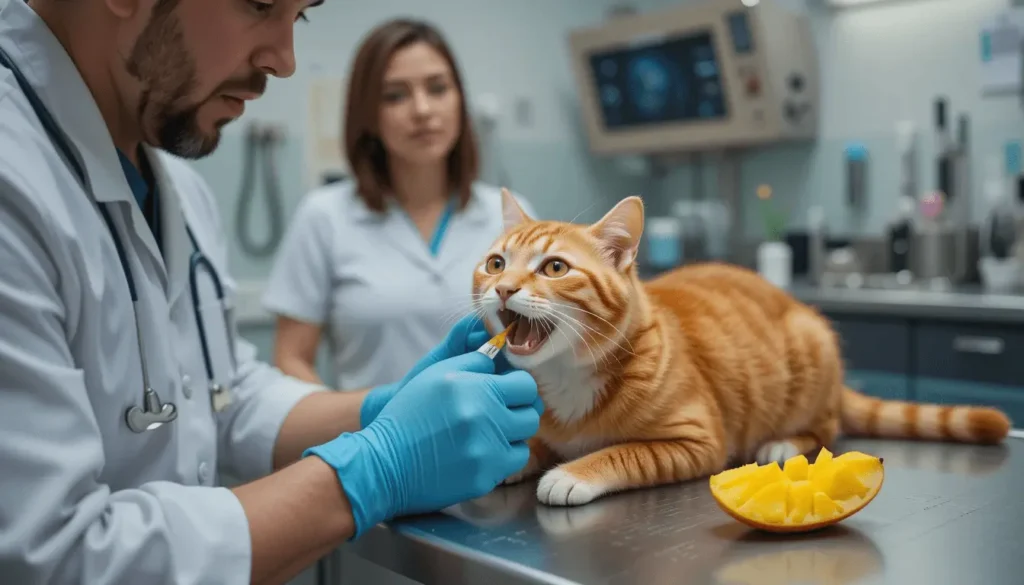
Preparation Tips (Peeled, Pitted, Tiny Pieces)
If you decide to share mango:
- Always remove the skin and pit completely
- Cut the flesh into pea-sized pieces
- Wash thoroughly to remove pesticide residue
- Serve at room temperature (never frozen)
Consider mashing a tiny amount and mixing it with their regular food for easier digestion.
Healthier Alternatives (Cat-Safe Fruits)
For safer fruity treats, try:
- Seedless watermelon (high water content)
- Blueberries (antioxidant-rich)
- Peeled apple slices (remove seeds)
These options provide similar benefits without mango’s high sugar content and risks.
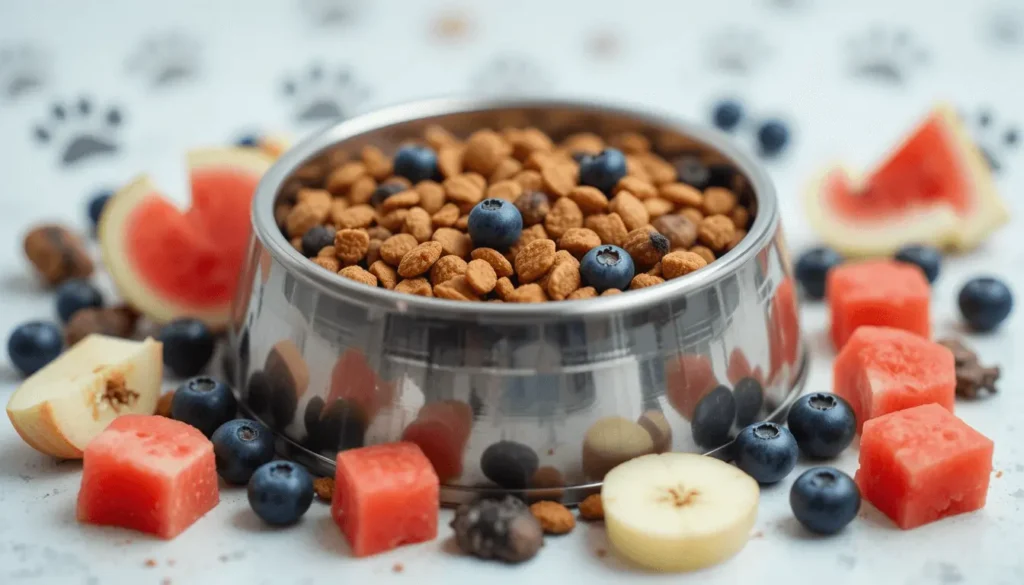
Conclusion
After carefully weighing the evidence, mango falls into the “proceed with caution” category for feline treats. While small amounts of ripe mango flesh won’t poison your cat, the high sugar content and potential digestive issues make it less than ideal. The ASPCA includes mango on their list of non-toxic plants for pets, but emphasizes that moderation is key.
- For those special occasions when you want to share a tropical treat:
- Remove all skin and pit completely (these present choking hazards)
- Dice the flesh into tiny, bite-sized pieces
- Limit to rare treats (no more than once every few weeks)
- Always supervise your cat during and after eating
Remember, cats don’t need fruit in their diet. Their nutritional requirements are perfectly met through high-quality cat food and protein-rich treats. If you’re looking for healthier alternatives, consider:
- Cooked chicken or turkey bits
- High-quality commercial cat treats that list animal protein as the primary component
- Small pieces of cantaloupe (lower in sugar than mango)
For more authoritative information, consult these resources:
- Safe Or Not ? Cat Food Guide
- ASPCA’s Toxic and Non-Toxic Plants List
- PetMD’s Guide to Fruits for Cats
- VCA Hospitals’ Nutrition Advice
Next time you’re enjoying a juicy mango, will you be tempted to share a bite with your curious feline companion?
FAQs
Can cats eat mango skin?
No, mango skin should never be given to cats. The tough, fibrous texture poses a choking hazard and may cause intestinal blockage. Additionally, mango skin often contains pesticide residues that could be harmful to your pet.
What should I do if my cat ate mango pit?
Contact your veterinarian immediately if you suspect your cat has ingested any part of a mango pit. The pit contains small amounts of cyanogenic glycosides and presents serious choking and obstruction risks. Symptoms of intestinal blockage include vomiting, lethargy, and loss of appetite.
How much mango can I give my cat?
- If you choose to offer mango, limit it to:
- 1-2 tiny pieces (about 1/4 teaspoon)
- No more than once per week
- Always monitor for digestive upset
Are there any benefits of mango for cats?
While mango contains vitamins A and C, cats derive no significant nutritional benefit from it. They produce their own vitamin C and get sufficient vitamin A from animal-based proteins in their regular diet.
What fruits are safer alternatives to mango?
Consider these lower-sugar options:
- Seedless watermelon (in moderation)
- Blueberries (1-2 as occasional treats)
- Peeled apple slices (remove all seeds)


